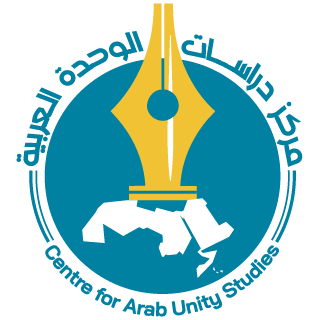Notes:
(*) Contemporary Arab Affairs Vol. 4, No. 3, July–September 2011, 267–287
DOI: 10.1080/17550912.2011.591545
An earlier version of this article was published in Arabic, “Zahā’ Ḥadıd, ̄ ‘Abqarıyat al-Maka ̄ ̄n” (muqābalah), al-Mustaqbal al-‘Arabı, No. 389, vol. 34, July 2011.
Published By: University of California Press Journals
Copyright & Usage: © 2011 The Centre for Arab Unity Studies
(**) Mohammad Aref: Science and technology writer based in Surrey, UK
Corresponding Address: Email: Maref21@yahoo.co.uk
We appreciate your support
SUPPORT THE CENTRE FOR ARAB UNITY STUDIES
The Centre is reaching out for its friends and readers for support, whether by ordering our publications and paying for them in hard currency, or through donations. The Centre welcomes any support to boost its resiliency, to ensure its survival, the continuation of its legacy and its commitment to tackle issues facing the Arabs and the Arab world.



